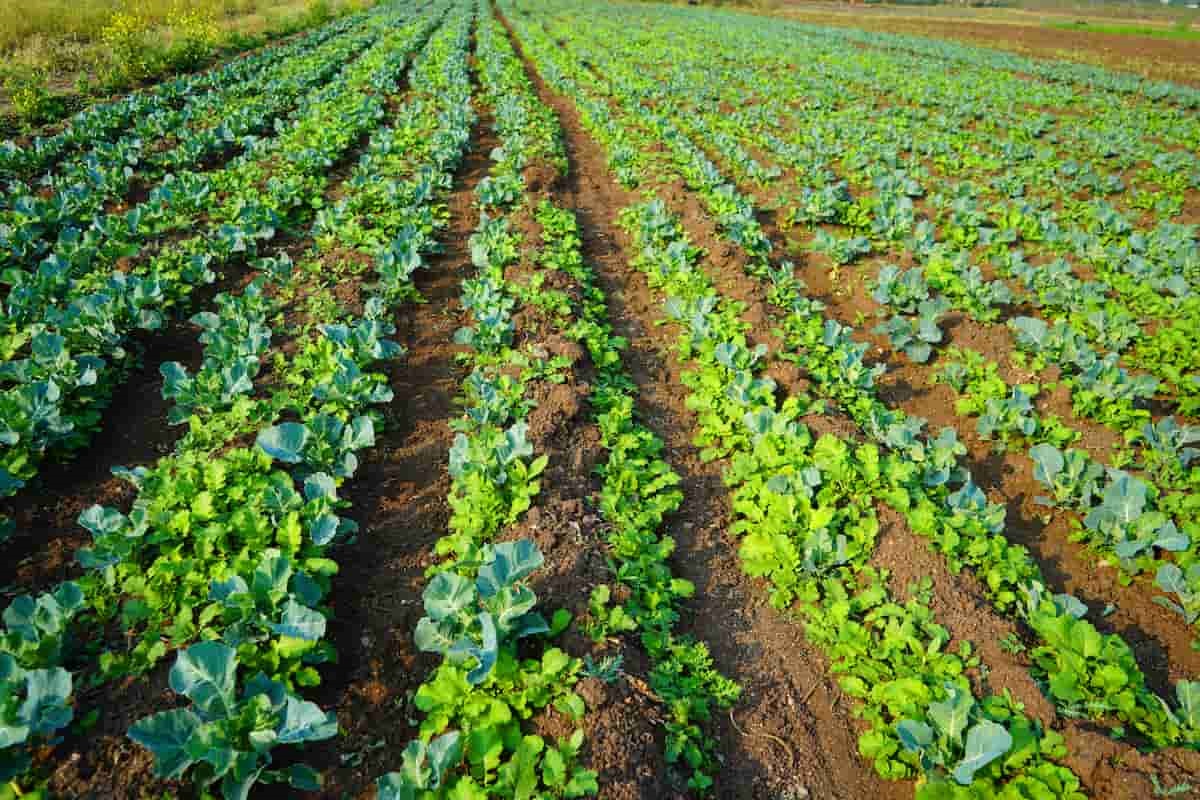The Food and Agriculture Organization of the United Nations (FAO) forecasts that the supplies of most major food commodities worldwide will be sufficient in the 2024/25 season. However, the FAO cautions that extreme weather conditions, geopolitical tensions, sudden policy changes, and other factors could disrupt the delicate balance of global supply and demand, potentially affecting prices and global food security.
Record Production Levels and Market Assessments
The latest edition of the FAO’s biannual Food Outlook report provides updated forecasts for the production, trade, utilization, and stock levels of key food staples. The report highlights record production levels for rice and oilseeds, while projecting slight declines in wheat and maize output. Detailed market assessments are included for various commodities, such as wheat, coarse grains, rice, oilcrops, sugar, meat, dairy products, and fisheries.
Rising Global Food Import Bill
The FAO projects the global food import bill for 2024 to increase by 2.5%, surpassing $2 trillion. This rise is attributed to favorable macroeconomic conditions, including steady global economic growth and lower food commodity prices.
Impact of Shipping Cost Shocks
A special chapter in the report examines the dynamic effects of shipping cost shocks on the food import bill, particularly relevant given recent volatility in the Black Sea and Red Sea routes and drought impacts on the Panama Canal. The analysis indicates that these shocks tend to increase the value of the food import bill in the short term, especially affecting net food-importing developing countries (NFIDCs).
Focus on Fertilizers
The Food Outlook includes a dedicated chapter on fertilizers, offering a comprehensive review of global fertilizer trade from 2021 to 2023 and a short-term market outlook for 2024/25. The report tracks the impacts of various shocks, including the war in Ukraine, on key nutrients such as nitrogen, phosphorus, and potassium.
Price Fluctuations and Trade Volumes
In April 2024, the average price for fertilizers, based on a basket of nitrogen, phosphorus, and potassium prices, was $327 per tonne, down from $815 in April 2022. The decline in prices has led to a rebound in fertilizer trade volumes, with nitrogen trade nearing its 2021 levels. The short-term outlook for fertilizers suggests stability over the next six months, with improved availability and affordability.
Future Outlook
The FAO warns that future disruptions in global fertilizer markets will likely be influenced by developments in energy markets, driven by geopolitical or other factors. The organization emphasizes the importance of monitoring these variables to ensure stable food and fertilizer markets.
In conclusion, while the FAO’s outlook for 2024/25 suggests stability in global food commodity supplies and fertilizer markets, ongoing vigilance is necessary to mitigate potential disruptions and safeguard global food security.



